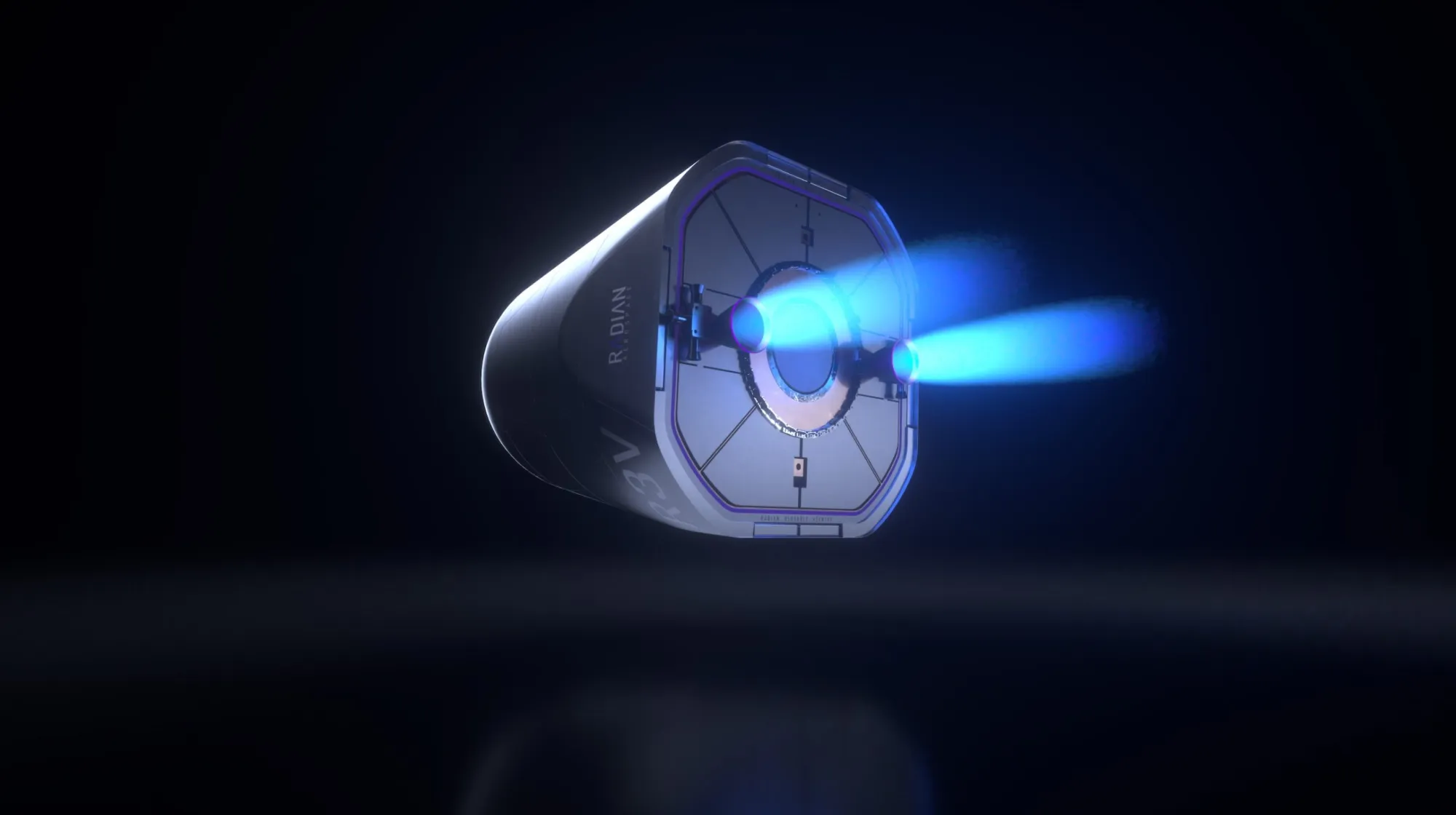Radian Aerospace Unveils Plans for Reusable Reentry Vehicle to Advance Hypersonic and Space Missions

Seattle, WA – May 4, 2025
Radian Aerospace, a Seattle-based aerospace startup, announced on April 29 its ambitious plan to develop the Radian Reusable Reentry Vehicle (R3V), a modular, recoverable spacecraft designed for hypersonic testing and low-Earth-orbit missions. The announcement marks a significant step in the company’s broader vision to create the world’s first fully reusable, single-stage-to-orbit (SSTO) spaceplane, Radian One, while also addressing immediate needs in the hypersonics and space sectors.
The R3V, standing just under two meters tall, is engineered to serve as both a technology demonstrator for Radian’s future spaceplane and a versatile platform for government and commercial customers. It will test advanced materials, sensors, avionics, and Radian’s proprietary Dur-E-Therm thermal protection system, which is designed to withstand the extreme conditions of atmospheric reentry at hypersonic speeds. The vehicle’s reusable design aims to reduce costs and increase operational cadence, enabling faster development cycles for hypersonic technologies and space payloads.
Livingston Holder, Radian’s Chief Technology Officer, emphasized the dual purpose of the R3V in an interview with SpaceNews. “We were looking for ways to test Dur-E-Therm in a more relevant environment,” Holder said, noting that lab tests at NASA’s Glenn Research Center had already validated the material’s potential. “R3V will help the hypersonics community bring down costs for technology development while maturing our own technologies for Radian One.”
The R3V is designed to launch on small or medium-class rockets, such as Rocket Lab’s Electron, and follow a suborbital trajectory for hypersonic testing or orbital missions for payload delivery and return. Equipped with thrusters for orbital adjustments and precision landing, the vehicle can support experiments requiring extended zero-gravity exposure or rapid payload recovery. Radian envisions the R3V generating near-term revenue by serving defense and commercial clients, with potential applications including testing hypersonic weapons, sensors, and flight control systems.
“R3V is not just a test vehicle—it’s a strategic asset that unlocks critical mission opportunities for our customers while advancing the Radian One mission platform,” Holder said in a company press release. Radian CEO Richard Humphrey added, “Everything we fly, build, and test is designed with one goal in mind: fielding the most operationally responsive space access platform in the world.”
The announcement follows Radian’s recent progress with its Radian One spaceplane prototype, PFV01, which completed ground taxi tests in Abu Dhabi in September 2024. The R3V program will run in parallel with Radian One development, leveraging shared technologies to de-risk the SSTO spaceplane’s design. Radian aims to conduct the R3V’s first flight as early as 2026, though Holder acknowledged the “sporty” schedule will require additional funding and engineering talent. The company, which raised $32 million in 2022, is actively seeking new investments to support both programs.
Industry experts see R3V as a pragmatic move for Radian, offering a near-term product to generate cash flow while advancing long-term goals. “The technology overlap between launch vehicles and hypersonic systems makes this an attractive side business for space companies,” noted a Payload report, citing similar dual-use programs by Rocket Lab and Ursa Major. Radian has already secured expressions of interest from potential customers, with plans to convert these into contracts as the R3V program matures.
The R3V’s development comes at a time of growing demand for hypersonic testing and cost-effective space access. By combining reusability with a launcher-agnostic design, Radian aims to carve out a niche in a competitive market dominated by companies like SpaceX, Rocket Lab, and Blue Origin. If successful, the R3V could not only bolster Radian’s financial position but also provide critical data to make the Radian One spaceplane a reality by the 2030s, potentially transforming how humans and cargo reach low Earth orbit.